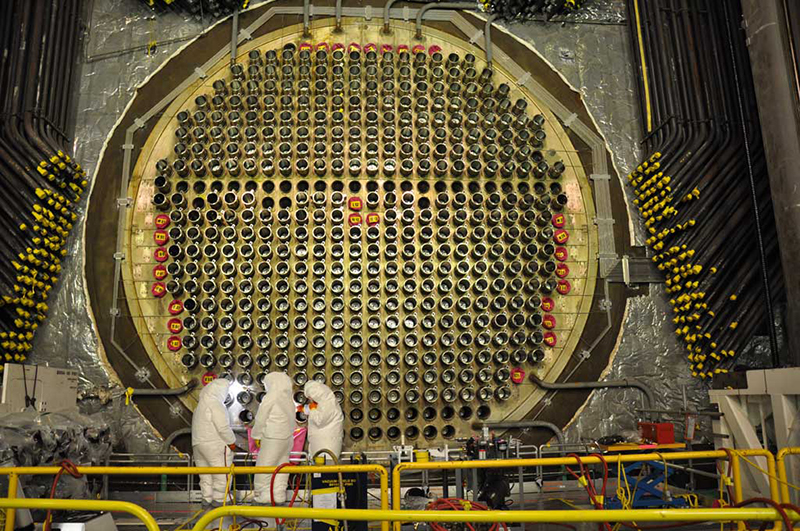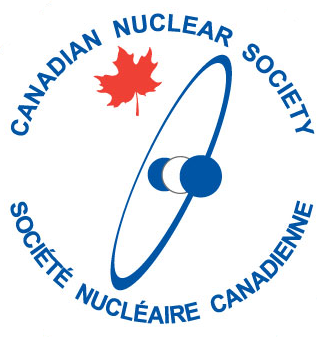The Walleye

In its February issue The Walleye, a monthly arts magazine for the people of Thunder Bay, published the attached article by a couple of anti NWMO campaigners.
http://www.cns-snc.ca/wp-content/uploads/2024/02/Lloyd-February-2024.pdf
We have pointed out to the editorial team that this article is riddled with inaccuracies and deceptions and requested that they publish our article correcting that misinformation. We have heard that they already have an article lined up for next month but we do not know what this will be and they will consider our article for April.
It is a challenge for an arts magazine to print rebuttals, so I have some sympathy with the challenge that they have, however, on the other hand they should never have published this misinformation in the first place without having it peer reviewed in some way.
Please let us know if you see articles being published that are inaccurate and misleading and we will offer the services of the Canadian Nuclear Society as a peer reviewer, to ensure that other magazines are not conned into carrying misinformation about nuclear issues.
Our article said ……..
Do radioactive waste transport plans really spell trouble… the facts suggest they won’t
Brennain Lloyd and Julee Boan in their article “radioactive waste transportation plans could spell trouble” urge people to “not wait” before stating “that they are informed and unwilling”. This prompt action is important to them as they do not want people to actually be informed before acting on the misinformation they have been fed.
The most blatant deception they are asked to accept is in the statement “rooms too radioactive to allow human entry”. Sounds scary doesn’t it, but it simply is not true. In fact, people may be present in the tunnels when the used fuel is being put in place, though many of the emplacement tools will be automatic to keep the exposure to those individuals to the absolute minimum.
In other places the deceptions are more subtle. There is a lot of reference to “materials that remain harmful for tens of thousands of years”. This is classic scaremongering that works by using a fact out of context, in this case the fact that radioactivity declines over time. It is not so scary when one remembers that mankind handles and disposes of many things that are more toxic than used fuel and which remain hazardous forever. The time period is almost completely irrelevant and is only introduced as a trick to fool people into making used fuel appear different. No member of the public could ever be harmed by radiation coming from used fuel in a repository and the only mechanism that it could cause harm is through ingestion, in other words it can only cause harm in the same way other toxins do. Toxins may last forever and are typically disposed of on the surface.
It should also be remembered that the primary constituent of used fuel (more than 97%) is uranium, a very common natural element that is already present in the rock and in our diet.
Similarly, Lloyd and Boan try to imply that failure to do full-scale tests of a used fuel container could create some tremendous risk. But they never identify this risk because if they did it would not worry people. Used fuel is a solid ceramic (like a plate) contained within metal tubes and held in a bundle. That bundle is then installed within the containers. Even if a container fails not much will happen.
So basically, there is nothing that special about a used fuel container other than its shielding and no reason why we should not design it in the same way that bridges, tall buildings, and ships are designed all of which are more potentially dangerous and none of which are ever tested at full-scale before being deployed.
This scaremongering is made possible by the extremely cautious nature of the nuclear industry that has validated the used fuel containers through testing at scale, reference to full scale tests of very similar containers and the fact that there have been over 100,000 shipments in those similar containers without a single incident.
We are hoping that no one got too excited about two extra trucks per day. No one wants more traffic on the roads, but this is the equivalent of someone building a few more Tim Hortons and no one is going to complain about that. Here they inadvertently downplayed the issue as there could be three trucks a day (well whoopee do!) and they will be escorted. It is still likely less traffic than any other form of economic development of a similar size.
Big numbers are used in the description of “hundreds of communities and millions of people”. It could be argued that these people will be affected, but not one of them will notice. And the lie behind the risk of radiation dose from trucks as they pass is exposed by simply remembering that the truck will be driven by someone sitting right next to the container for the whole journey possibly for their entire working life. And they won’t be harmed.
The reference to communities “downstream” of the repository relies on people applying lived experience and believing contamination might flow down a stream on the surface. It is a ridiculous proposition as the repository will be half a kilometre below any of those streams in rock not dissimilar to a stone kitchen countertop. Water would have to flow upwards through this rock before it could flow “downstream” into any community and it won’t do that.
Unlike Lloyd and Boan who need people to rush to a poorly informed decision we recommend that people do not act quickly and instead take their time to understand the issues. We can do this as we are confident that armed with the facts they will no longer be scared and will make a rational unpanicked decision.
Doddy Kastanya, President, Canadian Nuclear Society
Neil Alexander, Head of Communications, Canadian Nuclear Society
The Canadian Nuclear Society is a learned society of individuals that have an interest in the use of nuclear technology in Canada and is independent of the industry.
